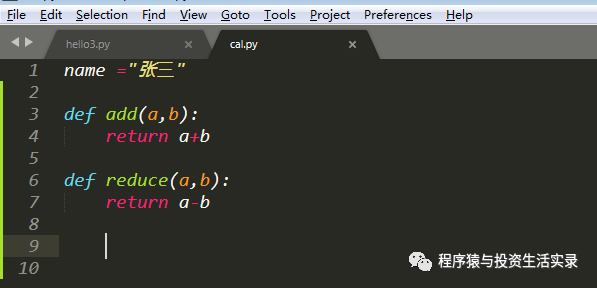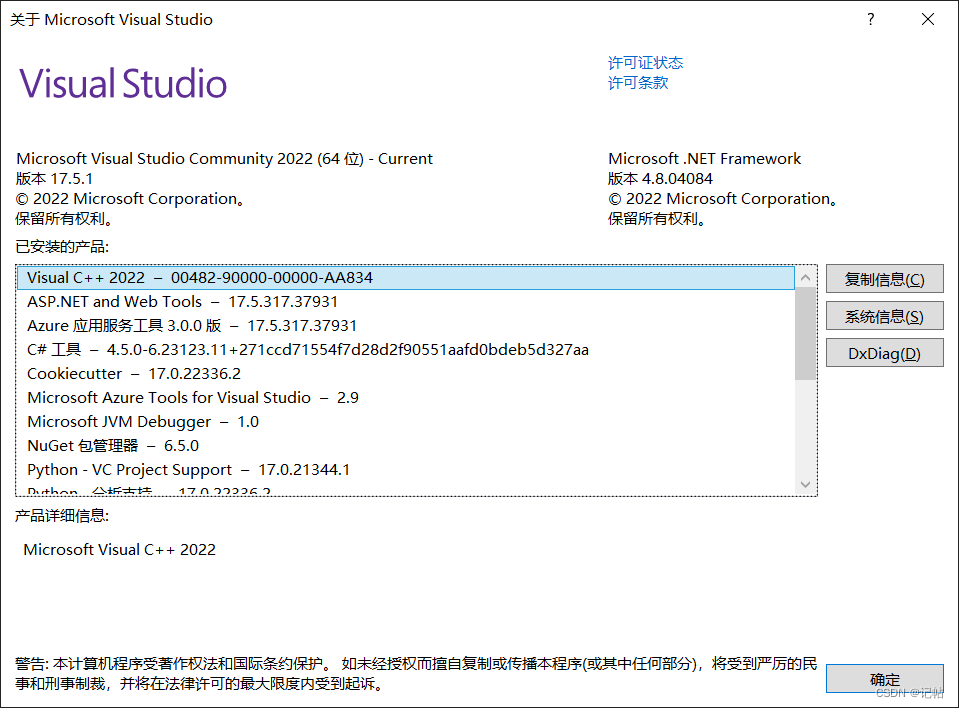telnetlib 是 Python 標準庫中的一個模塊,它提供了 Telnet 協議的客戶端功能。使用 telnetlib 模塊,我們可以在 Python 中編寫腳本來自動化 Telnet 會話,執行命令以及收集輸出。
本文將介紹 telnetlib 模塊的基本使用以及一些示例。
基本用法
在使用 telnetlib 時,需要先創建一個 Telnet 對象,然后使用該對象進行 Telnet 會話。可以使用以下代碼創建一個 Telnet 對象:
importtelnetlib tn=telnetlib.Telnet(host,port)
其中 host 是 Telnet 服務器的主機名或 IP 地址,port 是 Telnet 服務器的端口號。
創建 Telnet 對象后,可以使用 read_until() 方法等待服務器發送的數據。可以使用以下代碼等待 Telnet 服務器發送的數據:
tn.read_until(b"login:")
其中 b"login: " 是一個字節數組,用于指定需要等待的字符串。
可以使用 write() 方法向 Telnet 服務器發送數據。例如,可以使用以下代碼向 Telnet 服務器發送用戶名和密碼:
tn.write(username.encode('ascii')+b"
")
tn.read_until(b"Password:")
tn.write(password.encode('ascii')+b"
")
在登錄到 Telnet 服務器后,可以使用 write() 方法執行命令并收集輸出。例如,可以使用以下代碼執行 ls 命令并收集輸出:
tn.write(b"ls
")
output=tn.read_all().decode('ascii')
print(output)
以上是 telnetlib 模塊的基本用法,接下來我們將看一些示例。
示例
示例:Telnet 登錄并執行命令
以下示例演示如何使用 telnetlib 模塊登錄到 Telnet 服務器并執行命令:
importtelnetlib
#配置Telnet服務器的IP地址和端口號
HOST="localhost"
PORT=23
#配置Telnet登錄信息
username="admin"
password="password"
#創建Telnet對象
tn=telnetlib.Telnet(HOST,PORT)
#等待服務器發送登錄提示
tn.read_until(b"login:")
#發送用戶名
tn.write(username.encode('ascii')+b"
")
#等待服務器發送密碼提示
tn.read_until(b"Password:")
#發送密碼
tn.write(password.encode('ascii')+b"
")
#執行命令并收集輸出
tn.write(b"ls
")
output=tn.read_all().decode('ascii')
print(output)
#關閉Telnet連接
tn.close()
下面是Python telnetlib框架的更多例子:
1. 實現交互式命令行
telnetlib可以實現交互式的命令行操作。下面是一個簡單的示例,演示了如何連接到遠程設備,執行命令并獲取輸出:
importtelnetlib
HOST="192.168.0.1"
user="admin"
password="password"
tn=telnetlib.Telnet(HOST)
tn.read_until(b"login:")
tn.write(user.encode('ascii')+b"
")
tn.read_until(b"Password:")
tn.write(password.encode('ascii')+b"
")
tn.write(b"enable
")
tn.read_until(b"Password:")
tn.write(password.encode('ascii')+b"
")
tn.write(b"showinterfaces
")
output=tn.read_all().decode('ascii')
print(output)
在這個例子中,我們首先連接到遠程設備,然后輸入用戶名和密碼以登錄。接著,我們輸入enable命令,再次輸入密碼以獲取管理員權限。最后,我們執行show interfaces命令,并將輸出打印出來。
2. 實現交互式配置
除了執行命令,我們也可以使用telnetlib實現交互式的配置。下面是一個簡單的示例,演示了如何連接到遠程設備,進入配置模式并配置接口:
importtelnetlib
HOST="192.168.0.1"
user="admin"
password="password"
tn=telnetlib.Telnet(HOST)
tn.read_until(b"login:")
tn.write(user.encode('ascii')+b"
")
tn.read_until(b"Password:")
tn.write(password.encode('ascii')+b"
")
tn.write(b"enable
")
tn.read_until(b"Password:")
tn.write(password.encode('ascii')+b"
")
tn.write(b"configureterminal
")
tn.write(b"interfaceethernet1/1
")
tn.write(b"descriptionLinktoSwitchA
")
tn.write(b"noshutdown
")
tn.write(b"exit
")
tn.write(b"exit
")
output=tn.read_all().decode('ascii')
print(output)
在這個例子中,我們首先連接到遠程設備,然后輸入用戶名和密碼以登錄。接著,我們輸入enable命令,再次輸入密碼以獲取管理員權限。然后,我們輸入configure terminal命令進入配置模式,并使用interface ethernet 1/1命令進入以太網接口1/1的配置界面。在這個界面中,我們使用description命令配置了接口的描述,使用no shutdown命令開啟了接口,并使用exit命令退出了接口配置界面和配置模式。最后,我們將所有輸出打印出來。
審核編輯:湯梓紅
-
服務器
+關注
關注
13文章
9719瀏覽量
87399 -
TELNET
+關注
關注
0文章
17瀏覽量
10924 -
python
+關注
關注
56文章
4825瀏覽量
86313 -
標準庫
+關注
關注
0文章
31瀏覽量
7685 -
腳本
+關注
關注
1文章
397瀏覽量
28370
原文標題:網絡工程師學Python-Telnet協議telnetlib模塊
文章出處:【微信號:網絡技術干貨圈,微信公眾號:網絡技術干貨圈】歡迎添加關注!文章轉載請注明出處。
發布評論請先 登錄
動態庫封裝成python模塊的方法
Python的函數文件與模塊的程序說明






 Python中telnetlib模塊的基本使用
Python中telnetlib模塊的基本使用












評論